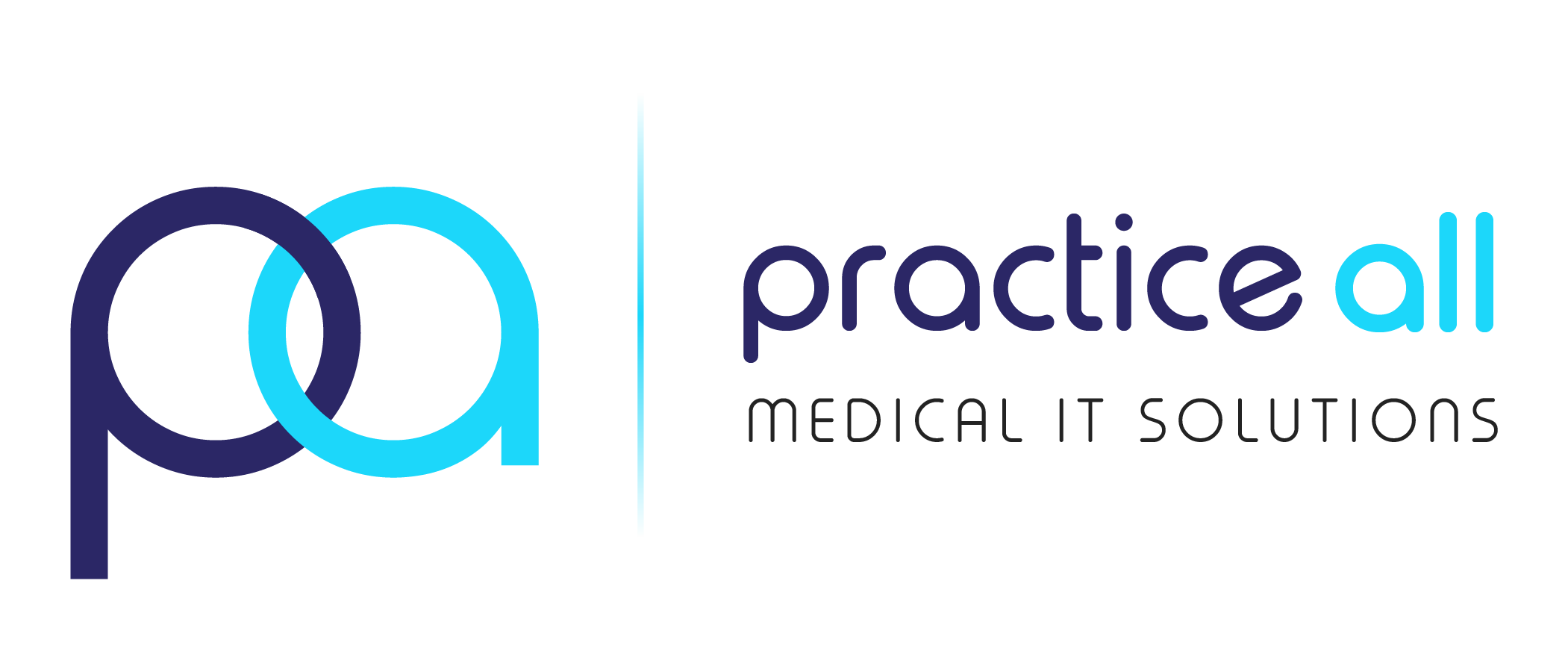The Hidden Costs of Outdated IT Systems in Healthcare
In today’s rapidly evolving healthcare landscape, you face mounting pressure to deliver exceptional patient care while managing costs and maintaining regulatory compliance. However, your outdated IT systems may be silently undermining these efforts, incurring hidden expenses that drain resources and hinder progress. From security vulnerabilities to inefficient workflows, legacy technology poses significant risks to your organization’s financial health and operational effectiveness. By understanding the true cost of antiquated systems, you can make informed decisions about modernizing your IT infrastructure. This article explores the often-overlooked expenses associated with outdated healthcare technology and offers insights into how upgrading can drive long-term success for your practice or facility.
The Healthcare Industry’s Reliance on Technology

The Digital Transformation of Healthcare
In recent years, the healthcare industry has undergone a dramatic digital transformation, revolutionizing patient care, public health, and operational efficiency. From electronic health records (EHRs) to advanced medical imaging, technology has become an integral part of modern healthcare delivery. This shift has enabled healthcare providers to access patient data more easily, make informed decisions, and improve overall patient outcomes.
Challenges of Outdated Systems
Despite the benefits, many healthcare organizations still rely on legacy systems that are outdated and difficult to maintain. These outdated systems can act as “anchors,” draining resources and impeding efficient patient care. They often struggle to keep pace with evolving regulatory requirements, exposing organizations to compliance risks and potential fines. Moreover, legacy systems are more vulnerable to cyber threats, putting sensitive patient data at risk.
The Need for Modernization
To address these challenges, healthcare providers must prioritize the modernization of their IT infrastructure. Upgrading to modern, secure technologies can enhance data analytics capabilities, improve interoperability, and reduce cybersecurity threats. However, this process requires careful planning, staff training, and a collaborative effort across the organization. By investing in future-proof healthcare software solutions, providers can transform the quality of patient care, boost operational efficiency, and maintain a competitive edge in an increasingly technology-driven industry.
The Consequences of Outdated IT Systems in Healthcare

Compromised Patient Safety and Care Quality
Outdated IT systems in healthcare can have serious repercussions on patient safety and care quality. According to a systematic review, problems with health IT can disrupt care delivery and increase the likelihood of errors affecting patient safety. These issues often stem from software functionality problems, system configuration issues, and poor user interfaces. For instance, fragmented displays can delay care delivery, while medication-related errors are particularly well-documented. Alarmingly, over half of the studies reviewed linked IT problems to patient harm and even death.
Inefficient Workflows and Delayed Care
Outdated healthcare management systems lead to inefficient workflows, primarily due to manual data entry and excessive paperwork. These inefficiencies not only delay patient care but also reduce overall operational efficiency. Healthcare professionals spend valuable time navigating cumbersome systems instead of focusing on patient care. Additionally, fragmented patient data across different platforms increases the risk of errors and miscommunication among healthcare teams, further compromising the quality of care.
Data Security Risks and Compliance Issues
Legacy software and hardware present significant security vulnerabilities, making them easy targets for cyber-attacks. These outdated systems often lack crucial security updates, are incompatible with modern security tools, and have weak encryption. This leaves patient data at risk of breaches, potentially violating privacy regulations like HIPAA and GDPR. Non-compliance can result in hefty fines, legal litigation, and severe reputational damage for healthcare providers.
Compliance Risks and Regulatory Challenges
Navigating the Complex Regulatory Landscape
In the healthcare industry, outdated IT systems pose significant compliance risks and regulatory challenges. Healthcare providers must adhere to a complex web of federal, state, and local regulations, including HIPAA, HITECH Act, and other industry standards. Keeping up with frequent updates to these regulations and adapting internal controls accordingly can be particularly challenging with legacy systems.
Data Privacy and Security Concerns
Outdated IT infrastructure often lacks robust security measures, increasing the risk of privacy and data security breaches. These vulnerabilities can lead to HIPAA violations, resulting in hefty fines and reputational damage. With the growing prevalence of electronic health records and emerging cybersecurity threats, protecting sensitive patient information becomes even more critical.
Financial and Legal Implications
Using outdated systems can lead to billing and coding errors, potentially resulting in financial penalties and Medicare audits. Moreover, non-compliance can expose healthcare organizations to significant legal risks, including whistle-blower lawsuits and charges under the False Claims Act. Staying compliant with anti-kickback and Stark Law regulations becomes increasingly difficult without modern IT solutions designed to flag potential violations.
By addressing these compliance risks and regulatory challenges through updated IT systems, healthcare providers can ensure better patient care, maintain ethical standards, and avoid costly penalties.
Operational Inefficiencies and Patient Experience
The Ripple Effect of Outdated Systems
Outdated IT systems in healthcare settings create a domino effect of operational inefficiencies that directly impact patient experience. According to a 2021 McKinsey report, approximately 25% of total U.S. healthcare expenditures, or around $1 trillion, go toward administrative tasks, with nearly 30% of these expenditures stemming from inefficiencies. These inefficiencies manifest in various ways, from prolonged wait times to delayed treatments and suboptimal resource allocation.
Streamlining Operations for Better Care
Implementing modern healthcare technology management (HTM) solutions can significantly enhance operational efficiency and patient satisfaction. HTM teams play a crucial role in optimizing the availability and distribution of mobile medical equipment, streamlining staff requests, and ensuring equipment is clean, functional, and readily available. This allows clinicians to focus more on patient care, reducing wait times and improving overall patient throughput.
Data-Driven Decision Making
Leveraging advanced technologies like real-time location systems (RTLS) can unlock valuable insights into patient movements and care processes. By integrating RTLS data with electronic health records and other systems, hospitals can gain real-time insights into patient locations, care team availability, and medical resource status. This data-driven approach enables healthcare providers to make informed decisions, optimize resource allocation, and ultimately enhance the patient experience while reducing operational costs.
Investing in Modern IT Solutions for Healthcare
The Imperative for Digital Transformation
In today’s rapidly evolving healthcare landscape, investing in modern IT solutions is no longer optional—it’s imperative. Healthcare organizations are prioritizing technology investments to boost operational efficiency, improve patient loyalty, and ensure long-term survival and growth. The COVID-19 pandemic has accelerated this trend, with digital health funding reaching record highs and telemedicine visits now accounting for 30% of all ambulatory care visits, up from just 1-2% pre-pandemic.
Key Areas of Investment
Healthcare providers are focusing their IT investments on several critical areas:
- Interoperability and data sharing
- Virtual care and remote patient monitoring
- Cloud hosting and digital transformation
- Revenue cycle management and automation
These investments are yielding significant returns, with simplified workflows reducing operational costs by 15-20% and advanced data analytics improving operational performance by 20-25%.
Bridging the Gap Between Awareness and Action
Despite recognizing the need for digital transformation, 75% of healthcare executives report that their current digital and AI investments may be inadequate. To bridge this gap, organizations must focus on deploying technology with a human touch, investing in infrastructure to turn data into valuable insights, and choosing adaptable and scalable systems that can grow alongside evolving needs. By doing so, healthcare providers can unlock a future of improved agility, competitiveness, and patient satisfaction.
Conclusion

As you consider the future of your healthcare organization, it’s crucial to recognize the hidden costs of outdated IT systems. By investing in modern, integrated solutions, you can significantly improve operational efficiency, ensure regulatory compliance, and enhance patient care. The initial investment may seem daunting, but the long-term benefits far outweigh the costs. Embracing technological advancements will position your practice or facility at the forefront of healthcare delivery, attracting both patients and top-tier medical professionals. Don’t let outdated systems hold you back—take the first step towards a more efficient, compliant, and patient-centered future by upgrading your IT infrastructure today.
Contact Practice All for a free consultation
Take the first step toward a more secure and scalable future.
